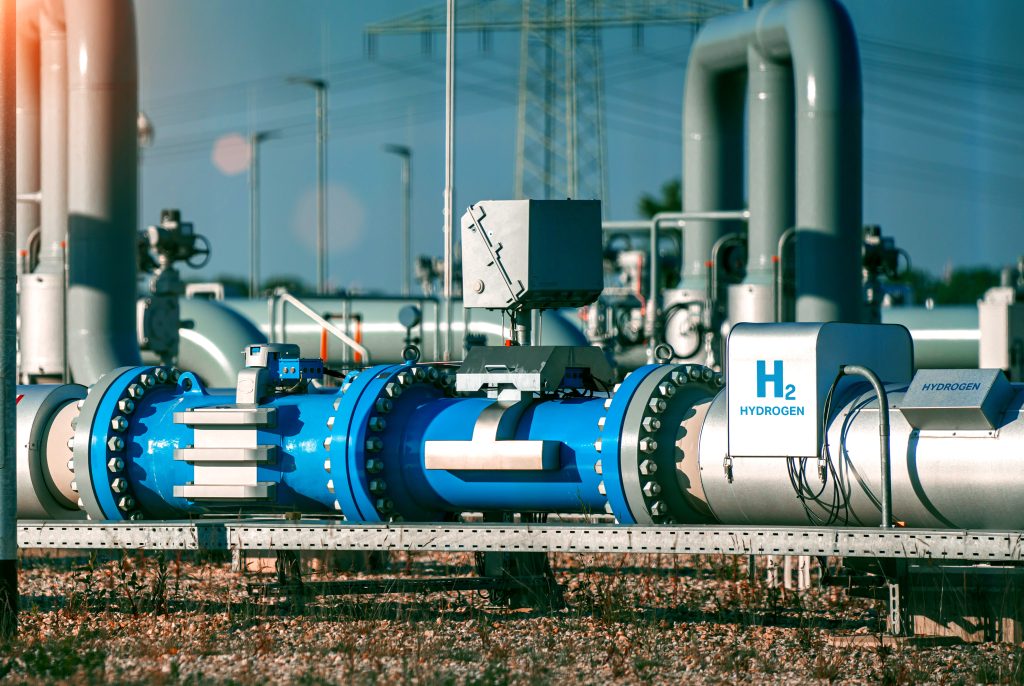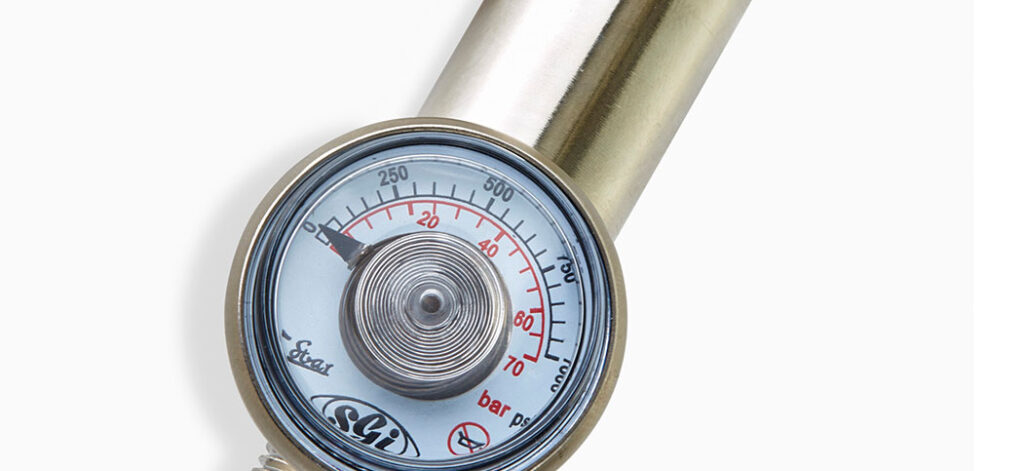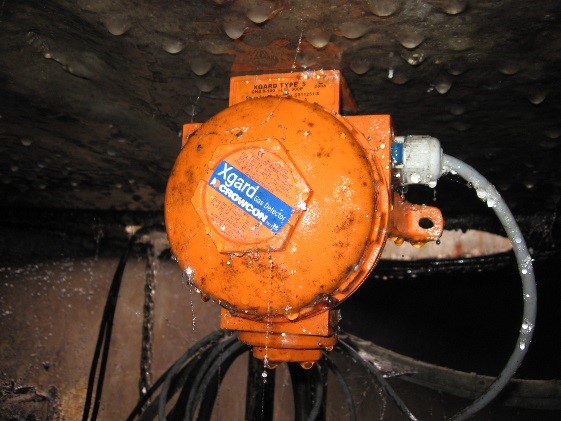Koolmonoxide (CO) is een reukloos, kleurloos en smaakloos gas dat ook zeer giftig en potentieel ontvlambaar is (bij hogere concentraties: 10,9% Volume of 109.000ppm). Het wordt geproduceerd door de onvolledige verbranding van fossiele brandstoffen zoals hout, olie, kolen, paraffine, LPG, benzine en aardgas. Veel HVAC-systemen en -units verbranden fossiele brandstoffen, dus het is niet moeilijk te begrijpen waarom HVAC-professionals tijdens hun werk kunnen worden blootgesteld aan CO. Misschien heb je je in het verleden wel eens duizelig of misselijk gevoeld, of hoofdpijn gehad tijdens of na een klus? In deze blogpost kijken we naar CO en de effecten ervan, en bekijken we hoe we de risico's kunnen beheersen.
Hoe wordt CO gegenereerd?
Zoals we hebben gezien, wordt CO geproduceerd door onvolledige verbranding van fossiele brandstoffen. Dit gebeurt meestal bij een algemeen gebrek aan onderhoud, onvoldoende lucht - of lucht van onvoldoende kwaliteit - om volledige verbranding mogelijk te maken.
Bij de efficiënte verbranding van aardgas komen bijvoorbeeld kooldioxide en waterdamp vrij. Maar als er onvoldoende lucht is op de plek waar die verbranding plaatsvindt, of als de lucht die voor de verbranding wordt gebruikt vervuild raakt, mislukt de verbranding en worden roet en CO geproduceerd. Als er waterdamp in de atmosfeer aanwezig is, kan dit het zuurstofgehalte nog verder verlagen en de CO-productie versnellen.
Wat zijn de gevaren van CO?
Normaal gesproken gebruikt het menselijk lichaam hemoglobine om zuurstof via de bloedbaan te transporteren. Het is echter gemakkelijker voor hemoglobine om CO op te nemen en te laten circuleren dan zuurstof. Als er dus CO in de buurt is, ontstaat er gevaar omdat de hemoglobine van het lichaam CO 'verkiest' boven zuurstof. Wanneer het hemoglobine op deze manier CO opneemt, raakt het verzadigd met CO, dat snel en efficiënt naar alle delen van het lichaam wordt vervoerd in de vorm van carboxyhemoglobine.
Dit kan een reeks fysieke problemen veroorzaken, afhankelijk van de hoeveelheid CO in de lucht. Bijvoorbeeld:
200 deeltjes per miljoen (ppm) kan binnen 2-3 uur hoofdpijn veroorzaken.
400 ppm kan binnen 1-2 uur hoofdpijn en misselijkheid veroorzaken, binnen 3 uur levensbedreigend.
800 ppm kan binnen een uur aanvallen, ernstige hoofdpijn en overgeven veroorzaken, binnen 2 uur bewusteloosheid.
1,500 ppm kan duizeligheid, misselijkheid en bewusteloosheid veroorzaken in minder dan 20 minuten; de dood binnen 1 uur.
6,400 ppm kan bewusteloosheid veroorzaken na twee tot drie ademhalingen; de dood binnen 15 minuten.
Waarom lopen HVAC-medewerkers risico?
Enkele van de meest voorkomende gebeurtenissen in HVAC-omgevingen kunnen bijvoorbeeld leiden tot blootstelling aan CO:
Werken in kleine ruimtes, zoals kelders of zolders.
Werken aan verwarmingstoestellen die slecht werken, in slechte staat van onderhoud verkeren en/of gebroken of versleten afdichtingen hebben; verstopte, gebarsten of ingestorte rookkanalen en schoorstenen; waardoor verbrandingsproducten in het werkgebied terechtkomen.
Werken aan open verbrandingstoestellen, vooral als het rookkanaal overloopt, de ventilatie slecht is en/of de schoorsteen verstopt is.
Werken aan gashaarden en/of fornuizen zonder rookkanaal, vooral als het volume van de ruimte onvoldoende is en/of de ventilatie anderszins slecht is.
Hoeveel is te veel?
De Health and Safety Executive (HSE) publiceert een lijst met blootstellingslimieten op de werkplek voor veel giftige stoffen, waaronder CO. Je kunt de nieuwste versie gratis downloaden van hun website op www.hse.gov.uk/pubns/books/eh40.htm, maar op het moment van schrijven (november 2021) zijn de grenswaarden voor CO:
Grenswaarde voor blootstelling op de werkplek
| Gas | Formule | CAS-nummer | Blootstellingslimiet op lange termijn (8 uur TWA referentieperiode) |
Blootstellingslimiet op korte termijn (referentieperiode van 15 minuten) |
| Koolmonoxide | CO | 630-08-0 | 20ppm (deeltjes per miljoen) | 100ppm (delen per miljoen) |
Hoe kan ik veilig blijven en naleving bewijzen?
De beste manier om jezelf te beschermen tegen de gevaren van CO is het dragen van een draagbare CO gasdetector van hoge kwaliteit. Crowcon's Clip for CO is een lichtgewicht 93g persoonlijke gasdetector die een 90db alarm geeft wanneer de gebruiker wordt blootgesteld aan 30 en 100 ppm CO. De Clip CO is een draagbare gasdetector voor eenmalig gebruik met een levensduur van 2 jaar of een maximum van 2900 alarmminuten; wat het snelst is.
INZICHTEN IN DE INDUSTRIE
Abonneer je om de nieuwste inzichten van
in je inbox te ontvangen
Lees meer over Crowcon's Privacy en Cookiebeleid hier. Als je van gedachten verandert, kun je je op elk moment uitschrijven






